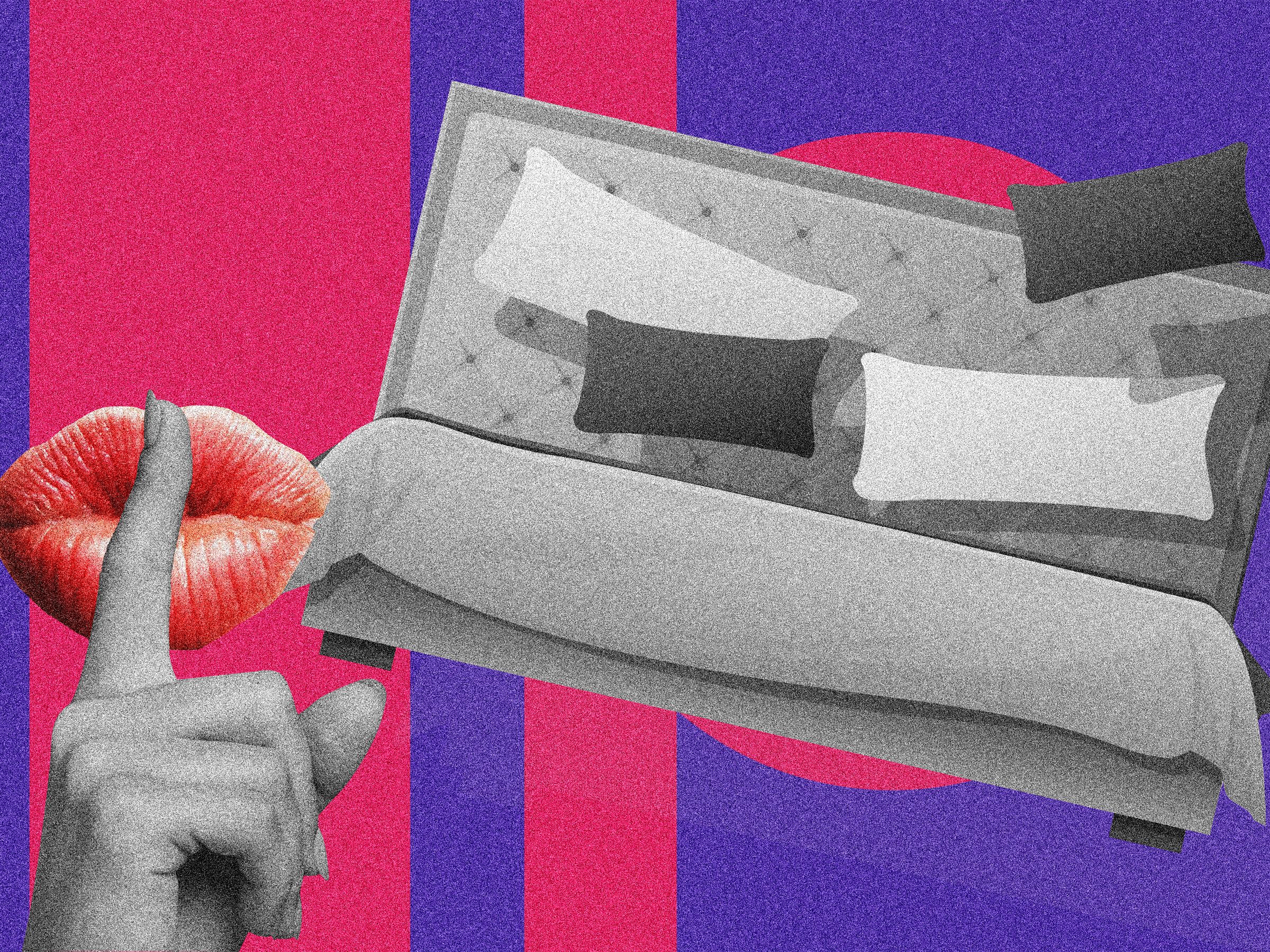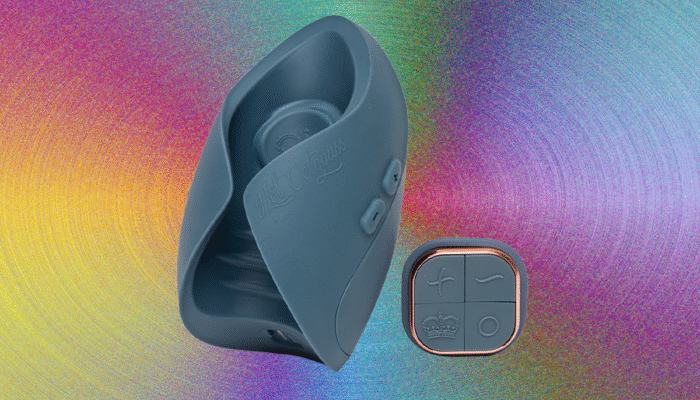Wondering how to fix your bed frame problems? I’ve been leading the WIRED Reviews team coverage of the best bed frames for three years, and my experience, combined with the collective testing experience of my colleagues, has led to some interesting problems. Who knew bed frames could be so darn complicated? Not me, and certainly not before I agreed to test them.
A good mattress is important, but it only goes so far. A bed frame with problems can affect your overall sleep quality every single night. For the best sleep hygiene, you need every component of your sleep setup to be in tip-top shape. That doesn’t necessarily mean spending a fortune on your bed frame or bedding, but you can get some very solid recommendations for not a ton of cash. And furthermore, we spend about a third of our lives sleeping, so it’s a worthy category in which to invest. However, if you want to spruce up your existing bed frame, we’re here to help.
I interviewed experts and pulled from my own expertise to help solve common bed frame problems. You might not need to buy a new one—these tips and tricks can assist with fixing squeaky frames, wobbly woodwork, and more.
Power up with unlimited access to WIRED. Get best-in-class reporting that’s too important to ignore for just $2.50 $1 per month for 1 year. Includes unlimited digital access and exclusive subscriber-only content. Subscribe Today.
Sheet and Mattress Problems
Sheets might not seem like a bed frame problem, but some bed frames make sheets or mattresses slip and slide. Mike Handelsman, CEO and owner of FoamOrder, says, “We’ve helped a number of our clients fix what they thought were bed frame problems, only to find the real issue was between the frame and the mattress.
What he says happens is that many mattresses tend to slide around on platform beds, especially if they’re foam or latex, as those don’t have the same grip as heavier innerspring ones. This can be countered by using a simple nonslip mat like a rug pad between the mattress and frame. “It’s cheap, it works, and it saves people from waking up halfway off the bed,” Handelsman says.
Zlumber
Lock Sheet Holders
Jason Wingate, managing director at Zlumber, says a sheet strap, clip, or a product like his company’s Zlumber Lock (which I am currently testing!) will help keep sheets in place. And if your bed frame is a deep platform, like mine is, a jack (which I am also testing) can help you lift up your mattress to ensure sheets are properly secured (and help get them back in place after washing them).
Noisy and Wobbly Bed Frames
If your bed frame is creaking, squeaking, or otherwise noisy, a few different issues may be at play. Elissa Hall, lead designer at Awning.com, says that ”squeaking usually comes from loose joints or fittings that aren’t tight enough.” Dane Collins, storage and organization specialist and CMO at Contempo Space Furniture & Design, recommends using a platform bed to eliminate wobbly connection points. He points out that ”a well-built platform bed gives you a solid, unmoving surface for your mattress and requires no box spring or slats.”
And Tony Hoang, owner of What a Room, says that a wood frame that uses “old-school joinery” can prevent these noises. We at WIRED like Thuma bed frames for this very reason. But he says, “If you already have a squeaker, swap metal-to-metal contact points for felt washers. Slide them between joints. Add beeswax or even bar soap to threads before tightening. It’s cheap. It works.”
Thuma
Classic Bed + Pillowboard
Alex Smith, manager and co-owner of Render3DQuick.com, says he’s seen creaking caused by poorly matched fasteners. “A client had a custom wood platform bed that looked beautiful but made noise with every shift in movement,” he says. “The problem was that the screws and bolts were different metal types, so they reacted to changes in humidity and temperature. That caused the joints to loosen slightly, even if everything looked solid during assembly.” Smith says he replaced all the fasteners with stainless steel hardware, applying beeswax to the contact points before tightening, which both stabilized the frame and eliminated the noise without changing the design.
If squeaking is the issue, there are some simple solutions to look into as well. Aaron Masterson, president of Local Furniture Outlet, says that “if the rails are connected via bolts, this usually means they are constantly getting loose.” He suggests using Loctite with a lock washer to solve the problem. And if your frame doesn’t have washers and instead uses a hook-on system, there may be “play” (or wiggle room) between the headboard receiver and hook. He suggests using plumber’s tape to wrap the pins, which will reduce that wiggle room. And if the space is bigger between the wood of the rail and the leg of the headboard, you can glue thin wood spacers to the end of the rails to make up the difference. Finally, he says, “If you aren’t handy or [don’t] have the proper tools, cardboard could do the same trick, but you may have to add some more in a few months as it starts [to] compress.”
Hall points out that older wooden models ”frequently require more support or stabilization than basic maintenance can provide.” She recommends adding silicone washers between the metal components, or wrapping the points of connection in plumber’s tape, which can help dampen the noise and soak up vibrations.
Sealy
Cocoon Chill Memory Foam
Furthermore, Handelsman points out that sometimes your mattress can amplify your bed frame noise. “A firmer foam mattress can transfer every movement into the frame,” he says. He recommends adding a thin foam layer between slats or joints to help quiet things down.
Hoang adds that if your bed slats are rubbing the inner rail (“This one drives people nuts”), you can “take weather stripping foam, the kind from window insulation kits, and line the edge where the slats sit. It cushions the friction, absorbs sound, and stabilizes the base. Bonus: less frame movement means longer mattress life.”
And finally, Wingate points out that sometimes, a bed frame has run its course. He says a weak frame can be disastrous. If the screws are all tightened down and your bed frame still feels precarious, it may ultimately be time to replace it.
Structural Issues
Collins says that center support failures are “particularly common in queen and king beds.” Inadequate center support can cause sagging and mattress damage, and he says this can be solved with a platform bed that helps to distribute mattress weight evenly across the frame.
When it comes to slat displacement, Collins recommends a locking slat system, which “prevents displacement while maintaining proper mattress ventilation.” Some bed frames use Velcro as a locking method, and it’s a good idea to check every so often to ensure slats haven’t shifted around, cracked, or broken.
Smith says he’s come across sag, especially in wider beds like king or California king models. Rather than many thin, widely spaced slats made from a soft wood such as pine, he recommends using fewer, thicker slats made from a more rigid wood such as beechwood. A center support beam with legs can help support mattresses as well.
GorillaGrit
Round Clear Adhesive Bumpers
Charlie Hughes, co-owner of Contractor Nerd, says, “One of the most common bed frame problems I’ve run into, both personally and professionally, is slats falling out. We once had this issue at home for months. Seriously, at least once a week, we were lifting the mattress and putting the slats back in because they kept sliding off. Eventually, I got sick of it.”
He suggests using clear plastic knobs that snap into the middle beam to keep slats in place. Your bed frame may have even come with them, and if not, you can check stores like Ikea or order these knobs online. “If this isn’t an option,” he says, “you can order a pack of silicone furniture pads from Amazon.“ He advises to “Just stick them where the slats rest on the frame, and the added grip stops them from sliding around. The cool thing is that these pads are multipurpose, and you can use them pretty much on any piece of furniture to reduce the friction and noise.”
Damaging Floors, Walls, or Toes
Hall says sometimes bed frames scratch hardwood floors, which is especially evident in rental properties or houses where furniture is regularly swapped out. While felt pads may seem like a good solution, they can move around. She recommends rubber gripper furniture cups on bed frame feet, which helps to fix slipping as well as distribute weight evenly to prevent damage to the floor.
If your headboard is causing wall damage, Smith says you can consider using wall bumpers. He’s placed small wooden blocks wrapped in felt behind the headboard to protect the wall without being an eyesore or causing permanent damage to the surrounding space.
And if you’re constantly running into the corners on your bed frame, consider getting some corner bumpers. No more stubbed toes!
Storage
AmazonBasics
Bed Frame With Storage
If your room is small, a bed frame can take up a significant chunk of space. Collins says beds can be used for storage. Consider using a bed with drawers (I’m currently testing this model), or a footboard or headboard that has storage. You can also opt for a raised bed frame like this model, which has enough space underneath for 18-gallon totes.




